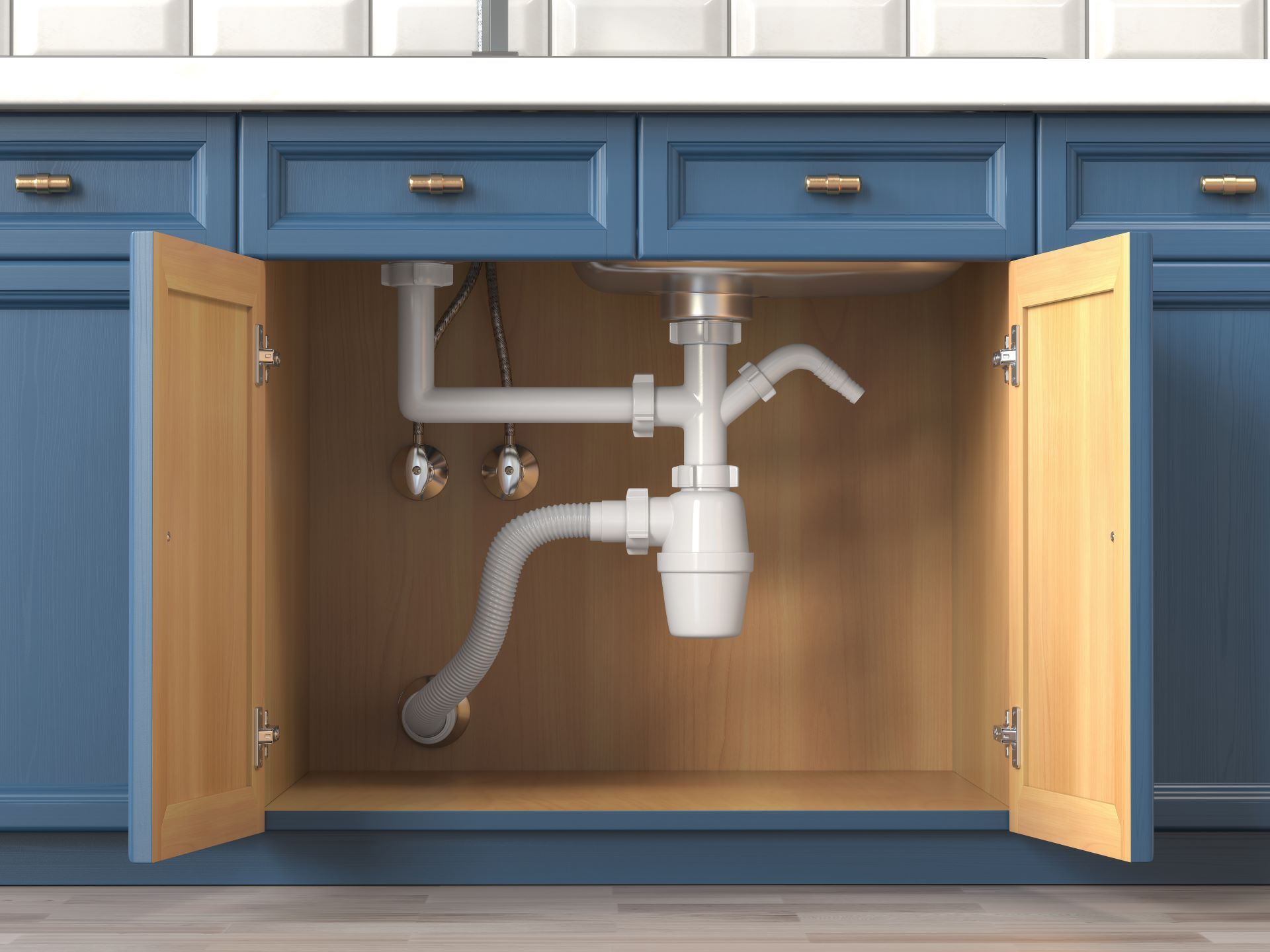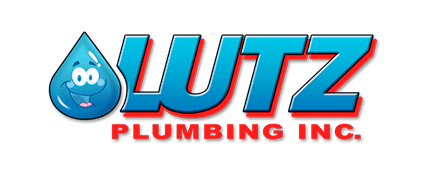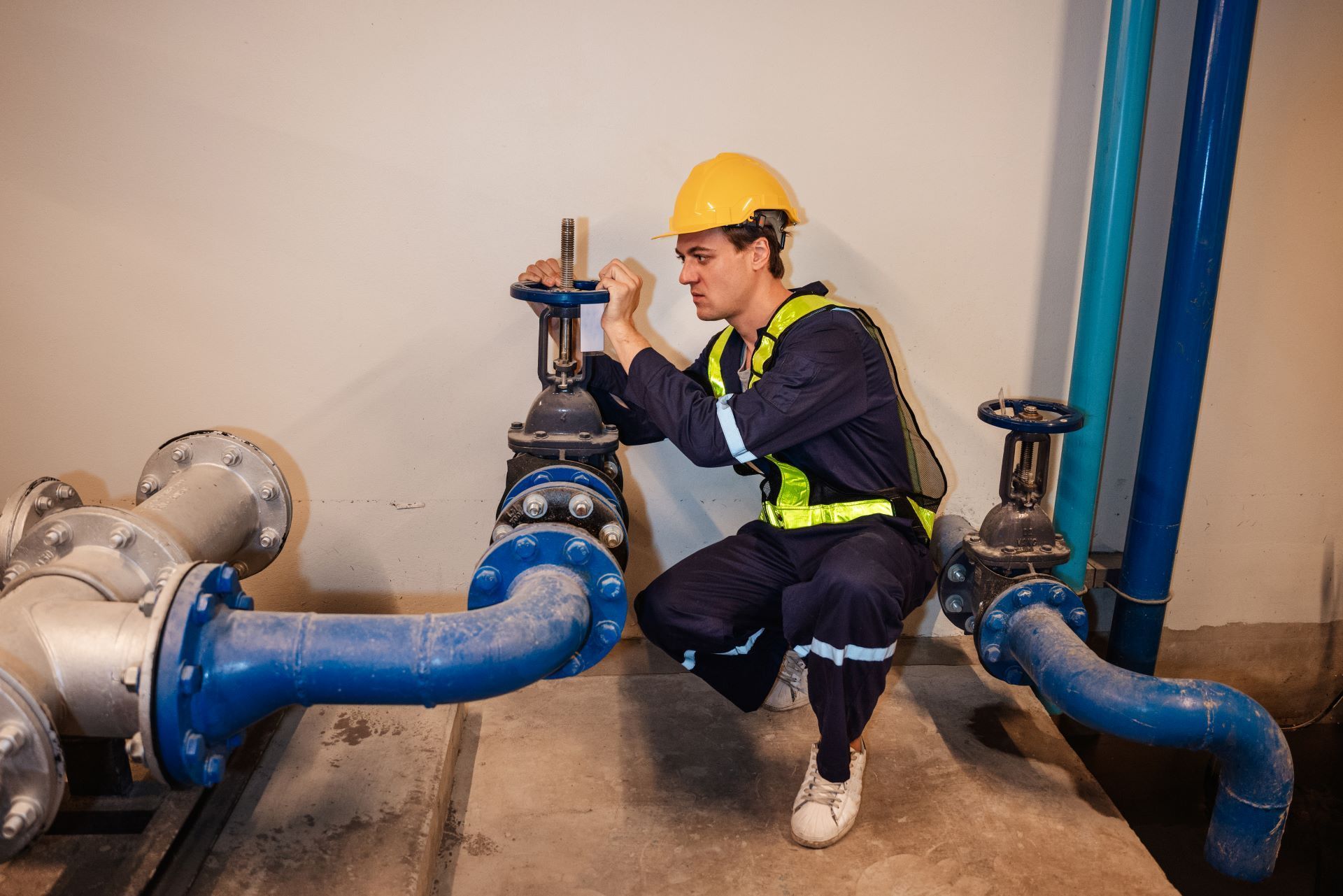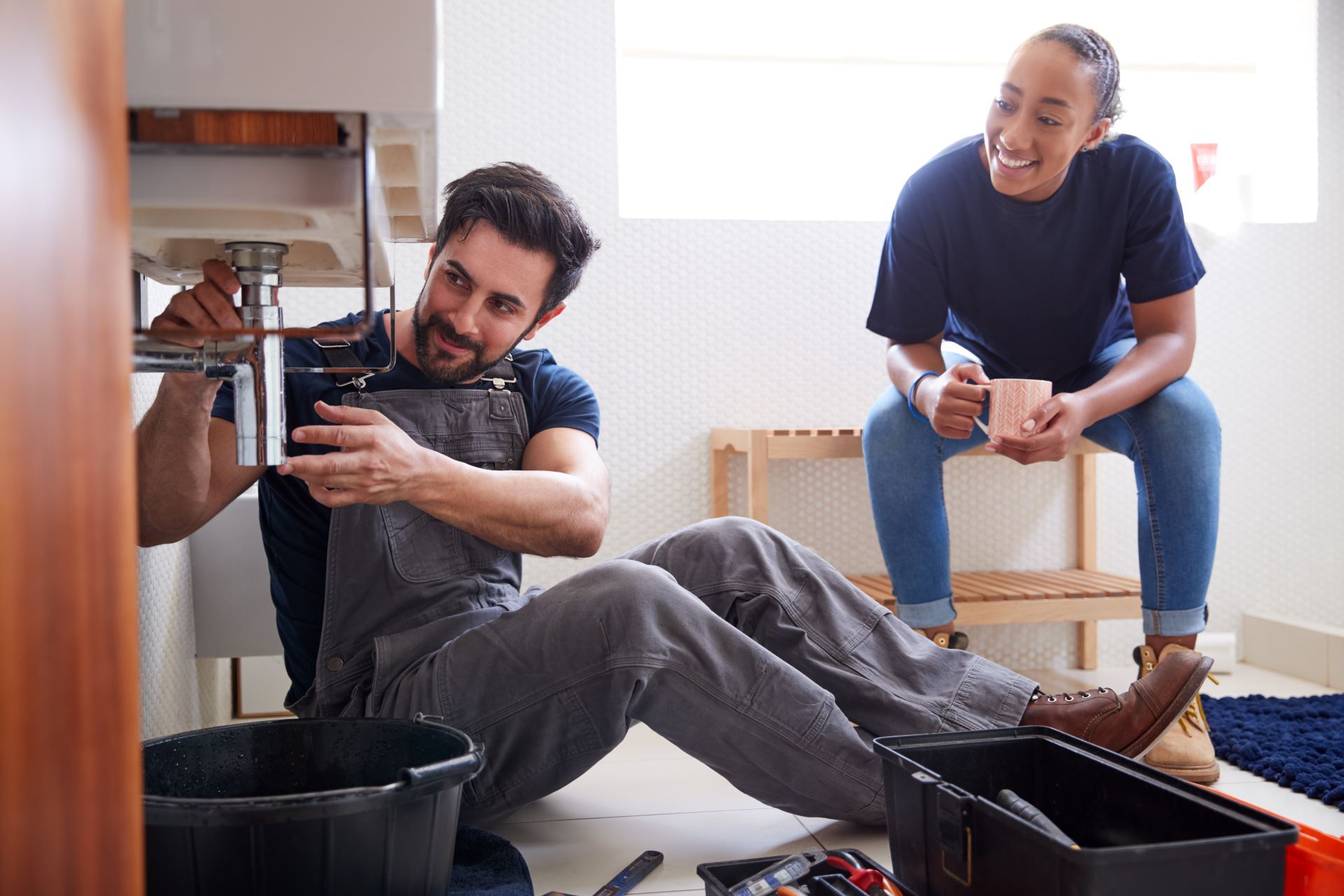Join the Lutz Loyalty Club and start saving today!
How to Protect Your House From Sewer Backups
Jan 01, 2020
A sewer backup can spell disaster for your home. If your sewer line becomes clogged, wastewater will not drain properly. The sewage will flow backward and into your house. Not only does this create a health hazard, but it’s also very costly to clean up. Read on to learn more about what causes sewer backups and how you can avoid them.
Signs of a Sewer Backup
The following warning signs indicate a sewer backup. If you notice any of these signs, call a plumbing expert right away.
Causes of Sewer Backups
A sewer backup has several possible causes, including:
Damaged Pipes
No pipes will last forever. Especially if you have an older home, it’s possible your pipes are aging and beginning to deteriorate. An old pipe may become cracked or even collapse, leading to a sewer backup.
Tree Roots
Tree root invasion is one of the most common reasons for a sewer clog, especially if your home is older. Tree roots will seek moisture as they grow. The roots will enter the sewer pipe and can cause extensive damage as they grow larger.
Flushing Non-Flushable Items
Flushing anything non-flushable down the toilet can clog your pipes and lead to a sewer backup.
Improperly-Routed Gutters or Sump Pumps
Downspouts, gutters, and sump pumps should not be connected to your sanitary sewer. During a heavy storm, a large amount of water can flow into your gutters. If the gutters are connected to your sanitary sewer line, the volume of water can cause a backup. Ensure that your gutters are connected to a storm sewer, or that they discharge water above ground, away from your home’s foundation.
How to Prevent a Sewer Backup
Here are several steps you can take to protect your house from sewer backups.
Dispose of Grease Correctly
Cooking grease can solidify inside your pipes if it’s poured down the drain. Instead, let your grease cool down and solidify, then scrape it into the trash can. Also avoid pouring food waste, starches, or coffee grounds into the drain.
Be Careful What You Flush
All that should be flushed down the toilet is bathroom tissue. Avoid flushing wipes, feminine hygiene products, or paper towels. Even if a product says it’s flushable, it may not really be safe to flush. Flushing improper items will clog your toilet and lead to sewer backups.
Install a Backflow Valve
A backflow valve (also called a backwater valve) allows water to flow out of your home. If water starts to flow backward, the valve will close. This can help protect your house in the event of a sewer backup. You’ll need a licensed plumber to install a backflow valve for you.
Trim Tree Roots
If you have a large number of tree roots in your yard, the roots may start to grow into your sewer line. Have a professional inspect your trees and trim the roots to prevent them from damaging your sewer line.
Clean and Maintain Your Sewer Line
Preventative care is one of the best ways to reduce your risk of a sewer backup. A plumbing expert should inspect your sewer pipe once a year for any signs of damage. You should also schedule an annual sewer cleaning to keep your pipes flowing smoothly.
If you need assistance with your drain and sewer system, Lutz Plumbing is here to help. We can take care of whatever your sewer line needs, whether it’s installation, repair, maintenance, or replacement. We’ve served the Kansas City area since 1920.
Contact us
now to learn more.
Share Post
Download the Lutz Plumbing App!
Schedule a Service
Membership Access
Access to Exclusive Offers
Manage Financing
... And More!
Free Safety Inspection
Free Extended Warranties
15% Discount
Free Priority Service
Member Only Specials
No Extra Charges for After Hour Service
Hundreds of Five-Star Reviews
Read why happy customers choose us over and over again.
When you have a
plumbing problem in the Kansas City area, you can rely on Lutz Plumbing to be have 24 hour response time. We are a local, family-owned business who shows up on time and ready to tackle your plumbing problems head on.
From leak detection to water heater service and installation, Lutz Plumbing gives you prompt, efficient and high quality plumbing services from knowledgeable technicians.
Read more about what hundreds of customers like you are saying about our five-star service, or call us today at
913-888-9500 and tell us about your problem today.

Dan
"We called at 6:30 on Sunday evening and Brent was at our door at 7:25 and was extremely professional and completed the work in a clean manner. We will be called Lutz Plumbing moving forward!"
Read All Reviews →
John K.
"The employees are always on time and very knowledgeable about the work to be completed. Very impressed, as always."
Read All Reviews →
Amanda
"I called 27 different plumbers at 11 at night, no one could come or they didn't answer. Brent called back 3 minutes later and came right out and fixed it right away. The price was less than other's day prices, so glad you are in business. I will always use Lutz plumbing from now on."
Read All Reviews →
Articles for Homeowners

Find Your Service Location
List of Services
-
Belton, MOBelton, MO
-
Blue Springs, MOBlue Springs, MO
-
Bonner Springs, KSBonner Springs, KS
-
De Soto, KSDe Soto, KS
-
Eudora, KSEudora, KS
-
Excelsior Springs, MOExcelsior Springs, MO
-
Gardner, KSGardner, KS
-
Gladstone, MOGladstone, MO
-
Grain Valley, MOGrain Valley, MO
-
Grandview, MOGrandview, MO
-
Independence, MOIndependence, MO
-
Kansas City, KSKansas City, KS
-
Kansas City, MOKansas City, MO
-
Lansing, KSLansing, KS
-
Lawrence, KSLawrence, KS
-
Leavenworth, KSLeavenworth, KS
-
Leawood, KSLeawood, KS
-
Lee's Summit, MOLee's Summit, MO
-
Lenexa, KSLenexa, KS
-
Liberty, MOLiberty, MO
-
Linwood, KSLinwood, KS
-
Merriam, KSMerriam, KS
-
Mission, KSMission, KS
-
North Kansas City, MONorth Kansas City, MO
-
Olathe, KSOlathe, KS
-
Overland Park, KSOverland Park, KS
-
Parkville, MOParkville, MO
-
Platte City, MOPlatte City, MO
-
Prairie Village, KSPrairie Village, KS
-
Raymore, MORaymore, MO
-
Roeland Park, KSRoeland Park, KS
-
Shawnee, KSShawnee, KS
-
Spring Hill, KSSpring Hill, KS
-
Tiffany Springs, MOTiffany Springs, MO
Local Office
21961 W 83rd St
Lenexa, KS 66227
Contact
Office Hours
Monday - Friday: 8a - 6p
Saturday: 8a - 4p
24 Hour Response
License
#20202383
Financing















